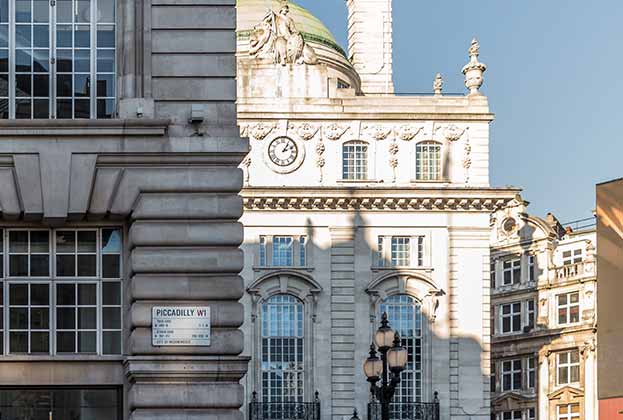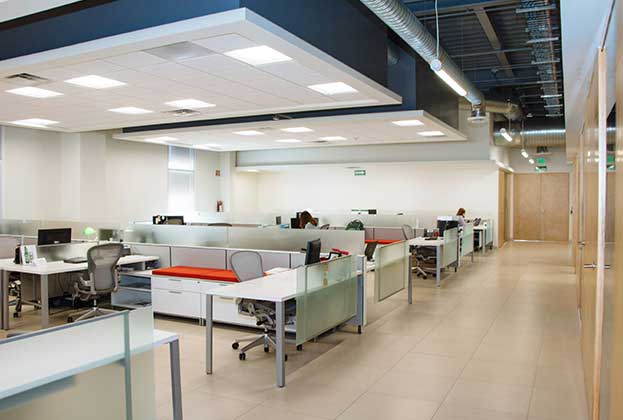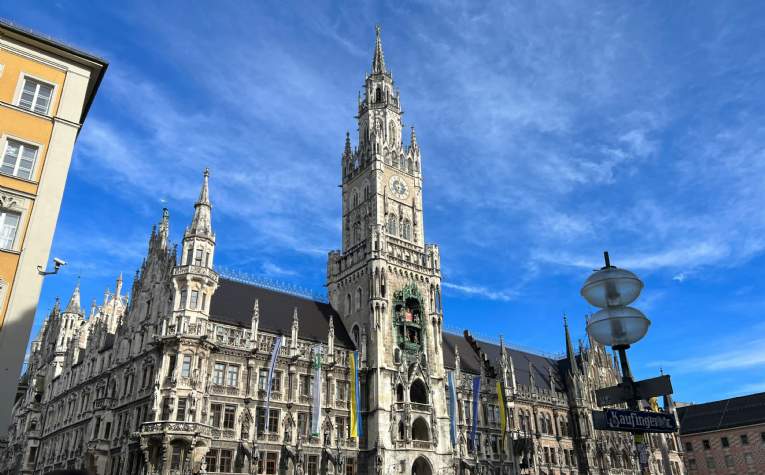At the crux of most investment decisions is the balance between the potential returns and the probable risks. While some investors pursue a high risk/high return strategy, others want a secure home for their money and will therefore settle for a lower level of return.
Fortunately, the European real estate market currently offers a broad spectrum of investment opportunities, which means that there’s something for everyone – risk avoider and risk embracer alike – often within the same city.
Take Berlin, for example: if your appetite for risk is on the low side, new ‘green’ office buildings, popular with innovative start ups and tech companies, can offer the opportunity to diversify a portfolio while minimising risk, as can Berlin’s prime shopping centres, which draw in both local and international visitors.
If you’re willing to embrace a higher-risk strategy, however, a good bet could be the new ‘micro-living’ apartment developments that are coming forward to help house the city’s growing population. Similarly, over in Madrid the same type of affordable, self-contained accommodation can also be found in a response to surging demand from younger people priced out of the housing market. For the more cautious investor, however, the best type of real estate asset here are logistics hubs and warehouses that have the potential to service the rapid growth in e-commerce demand from across southern Europe.
While demographic change is creating opportunities in the apartments market, it is also driving demand for healthcare facilities. Europe’s largely aging demography is driving a need for private care homes and, while we would put such opportunities towards the riskier end of the spectrum, in markets with above-affluent populations, such as France and Germany, there is likely to be substantial need for such facilities which can only be met by the private sector.
Another macro trend generating significant interest is western companies' relocation of back-office functions from Asia to locations closer to home across Poland, Hungary, Romania and Slovakia. Offices in these destinations are already seeing significant take-up, which will only continue as more occupiers, attracted by low labour and property costs, follow.
The stability and diversity of Europe’s real estate market is its key strength and the range of property choice has never been so large. In some cases, investors may have to look beyond the obvious to find something that fits their precise position on the risk curve, but there is something for even the most exacting investor.
Further information
Read more on Savills European news page
.jpg)
.jpg)





.jpg)


